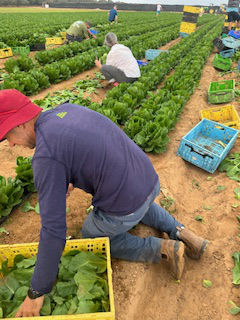The local full-service, irrigation distributor
"Value-chain support" is the local full-service, irrigation distributor. This is the key agent that provides professional products, support, implementation guidance, design assistance, and makes available to the grower a network of associates and industry representatives.
Irrigation equipment must be locally available from certified distributors, supported by manufacturers, who have adequate spare parts and technical expertise.
Features
1Local manufacturing of irrigation equipment
2Local manufacturer sales and support
3Local professional distribution/dealer model
4Distributor as agent for incentive programs
Overview
The Distributor must maintain stock of irrigation equipment and all integrated equipment such as valves, filters, fertilizers, fertilizer injectors, seeds, etc. Distributors must make training available with assistance and support of manufacturers. Distributors must make available and administer government and non-government incentive programs. The value-chain proposition is not a luxury that only developed nations can afford to enjoy. These systems are required for sustainable agricultural practices at every scale and in all agricultural settings.
In the Developed world an entire industry has been created to support these enterprises and consists of a triangular, interlinked and interdependent model that operates seamlessly to bring innovation, support, education, spare parts, warranty coverage, etc to the grower. This triangular relationship is strictly, though informally, adopted in the Developed world and is largely absent in the Developing world. I suggest that the absence of this interdependent model explains the stagnation of agricultural development in LDCs.
The theoretical foundation for CSI is that the supply and demand for irrigation equipment is a business relationship like any other enterprise that is based on a competitive supply chain of products that are selected according to the preferences of the consumer, which, in the case of CSI, is the farmer. This supply chain includes manufacturing, technical support, transportation, administrative functions, and private financial institutions. Further, this paper suggests that unless the CSI model is adopted in the LDCs it will not be possible to achieve generalizable and transformative outcomes for improved agricultural production, adaptation of new techniques and tools, and mitigation of environmental damage caused by traditional agricultural practices.








 The Constraints and Barriers to Obtaining Successf...
The Constraints and Barriers to Obtaining Successf...





